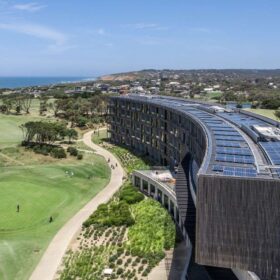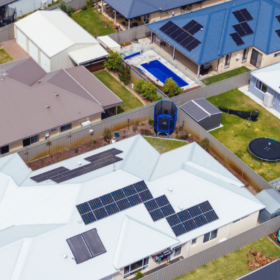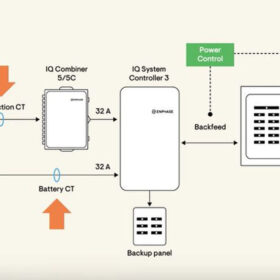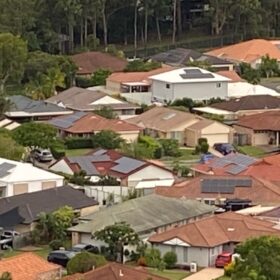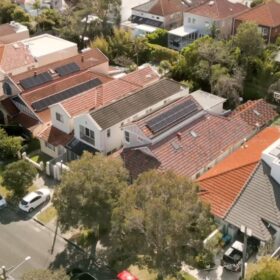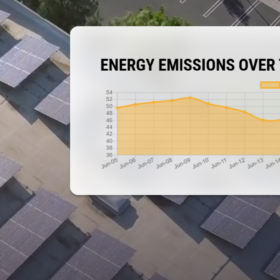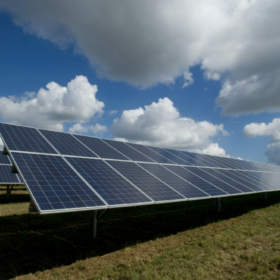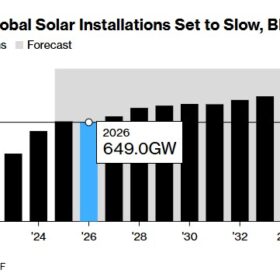RACV adds virtual power plant services to suite of membership offerings
RACV has added virtual power plant (VPP) services to its catalogue of membership offerings and follows integration of the FCAS-friendly PowerSync platform with solar and battery installations at RACVs Torquay and Inverloch resorts in Victoria.
Where will lithium-ion battery prices go in 2025?
After tumbling to record lows in 2024 on the back of lower metal costs and increased scale, lithium-ion battery prices are expected to enter a period of stabilisation.
Virtual power plants can compete in the energy market from 2027: AEMC
The Australian Energy Market Commission has released a final determination to allow virtual power plants to compete directly with large-scale generators in the energy market, scheduled to begin in 2027.
Plico virtual power plant activates 2,500 home batteries to counter WA heatwave
Western Australia’s clean energy solutions company Plico has seen its virtual power plant activated twice during recent heatwave warnings for the state, operating to stabilise the South West Interconnected System and prevent blackouts.
$475 million rare earths refinery grant a critical win for renewable technologies
The Australian government has provided up to $475 million in additional finance to Perth-headquartered Iluka Resources to meet revised capital costs of building its $1.7 billion Eneabba Rare Earths Refinery project in Western Australia.
Enphase rolls out software to prevent busbar overload
Enphase Energy has released new software to help homeowners install larger solar and battery systems without major electrical panel upgrades. It uses real-time measurements from current transformers to make immediate decisions.
AEMO makes case for rooftop solar control mechanism
The Australian Energy Market Operator is pushing for the widespread implementation of “emergency backstop” measures to remotely switch off or dial down rooftop solar systems to help manage the growing impact of distributed PV on the nation’s electricity grid.
NRN to ramp up ‘no-cost’ solar and home batteries rollout
Clean energy infrastructure startup National Renewable Network aims to deploy no-cost solar and battery systems to 36,000 Australian homes over the next 18 months after raising $4.28 million in an oversubscribed funding round.
Climate Council keeps tabs on clean energy momentum with new data website
Community-funded climate change communications organisation the Climate Council, has launched a website monitoring the progress and adoption of renewables like rooftop solar, batteries, and cleaner transport choices.
Call for federal battery storage rebate scheme targets a million installs by 2030
A national battery rebate scheme, with a target of a million household and business installations by 2030, has been proposed to the Australian government on the back of a community-based Solar Citizens petition.
